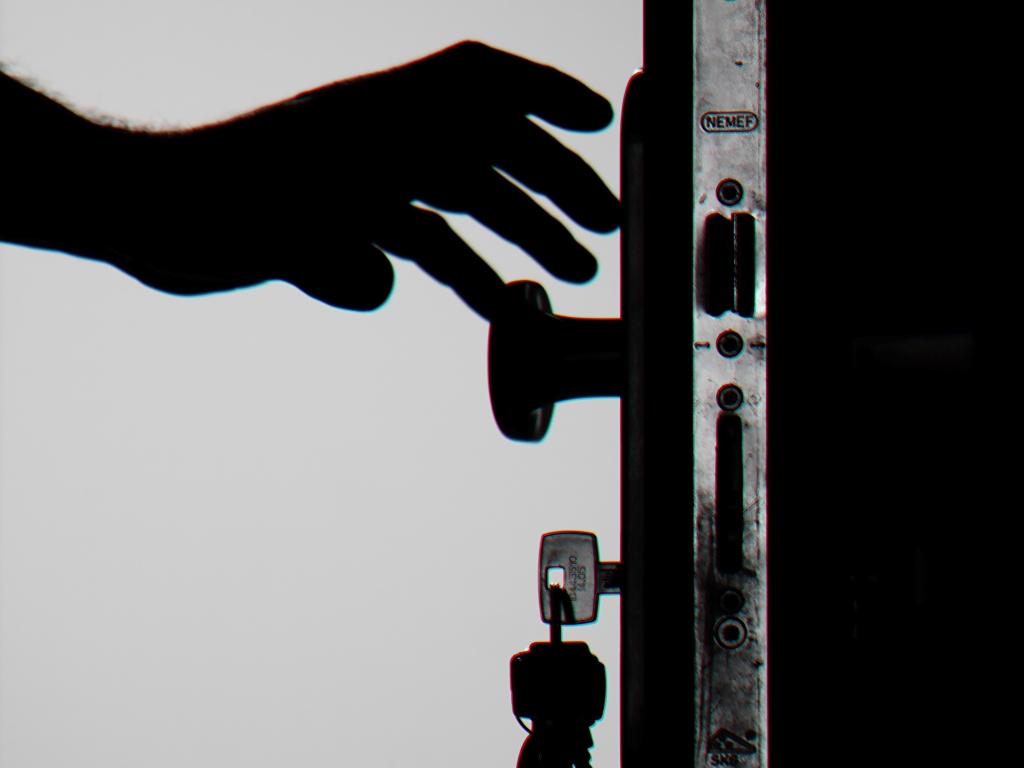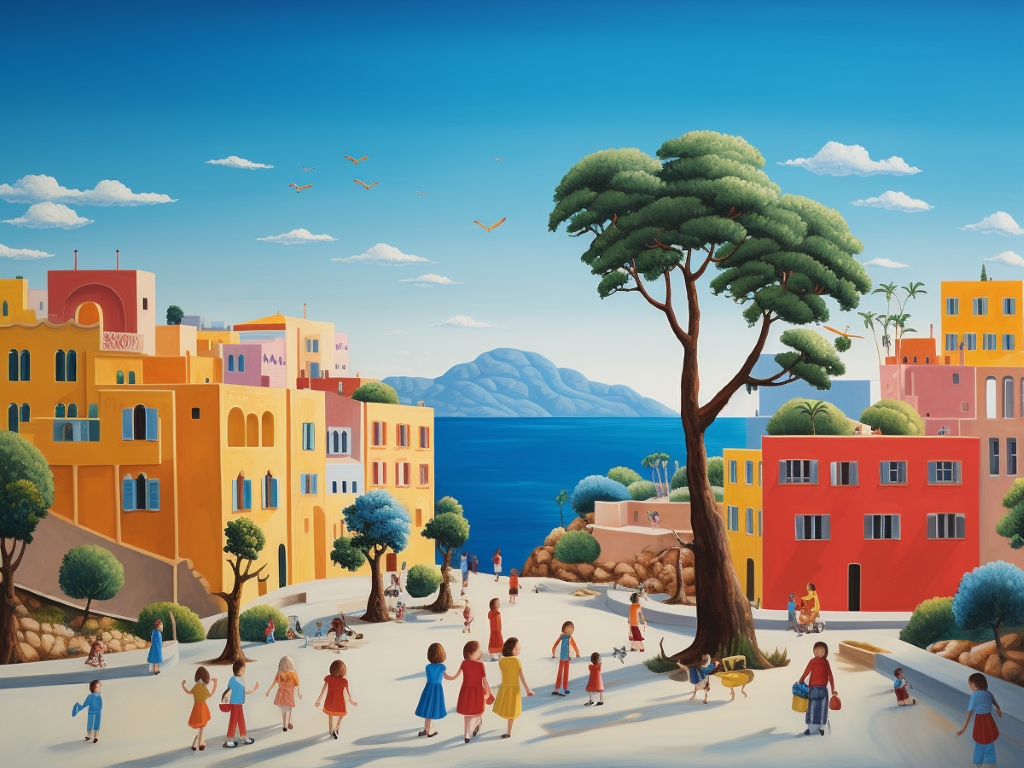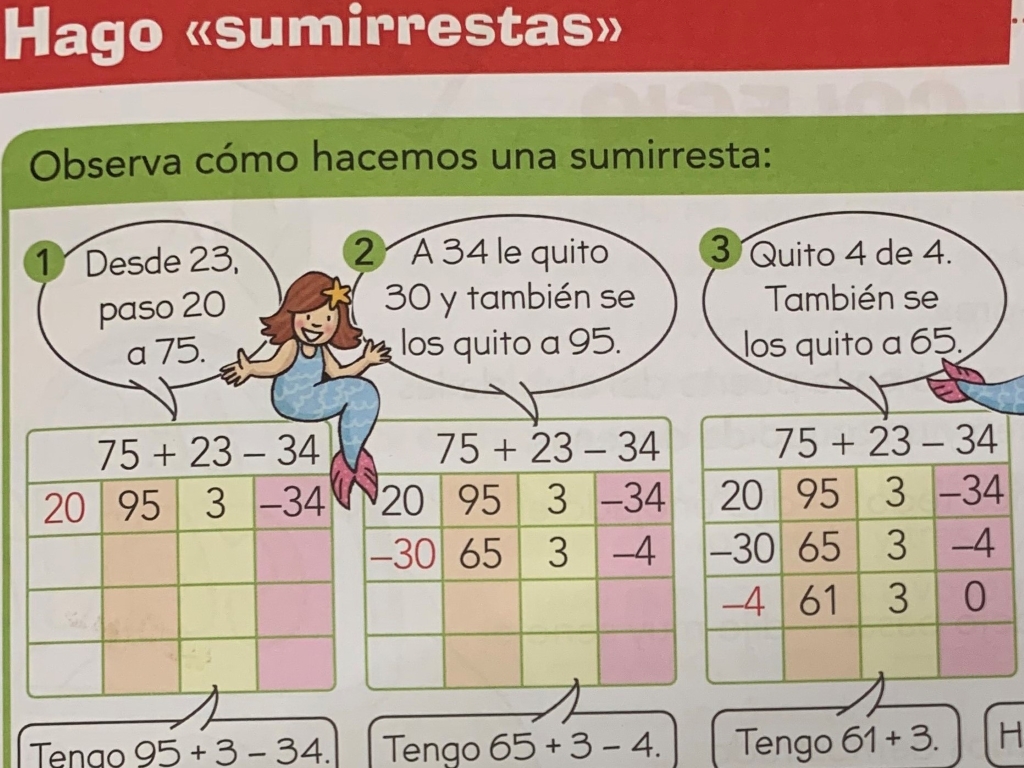July 20,2023
Houses in Spain have a few characteristics I’ve seen nowhere else. I discovered these features of the Spanish housing, meaning both houses and apartments, when looking for homes around Torremolinos and Benalmadena; I noticed them appearing time and again. Below are the ones that stood out the most to me and one that I didn’t perceive, but people complain about:
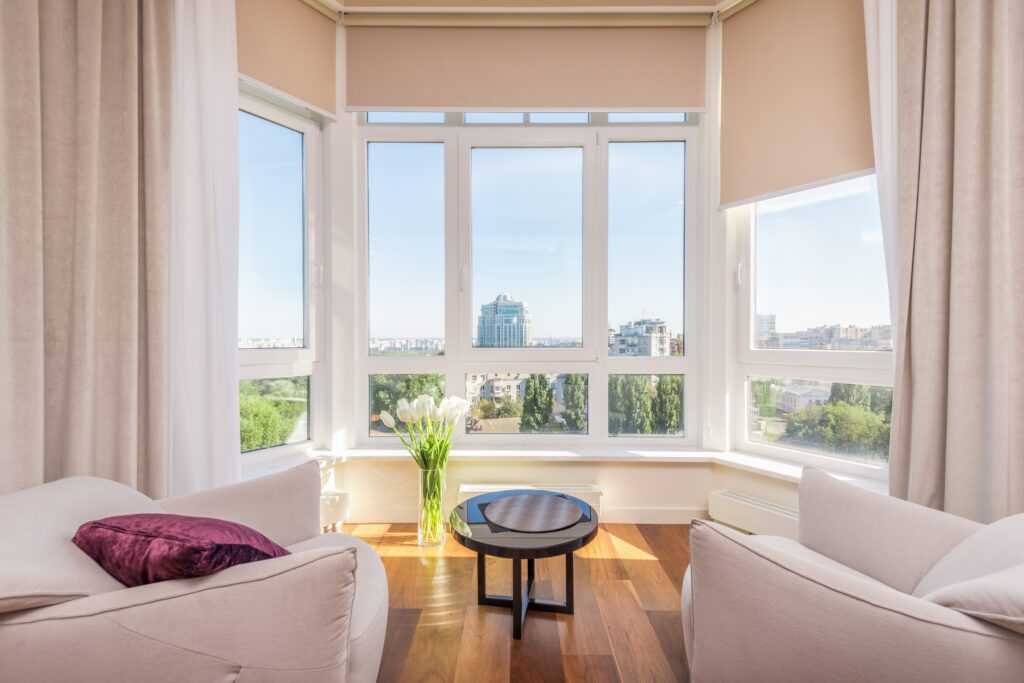
Table of Contents
The sizes
Houses in Spain are much smaller than those in Brazil, Estonia or the USA. Kitchens are small, bathrooms are super small and the bedrooms are outstandingly small. Moreover, places that say they are 200m2 may well be only 90m2… I don’t know very well how they get to those numbers; I suppose a share of the communal area – stairs of the building, elevator halls, common garden and such – count as the size of the appartment. Do not trust the square meters advertised on Idealista or any other site, really.
After several visits while trying to buy a place, what constantly shocked me was the small size of the bedrooms – really tiny; some don’t fit a bed. There was a house we didn’t choose because we couldn’t see how a bed would fit in one of the bedrooms. I’ve seen one ad that said an given apartment had one bedroom, but the pictures showed that it was really a mattress laying flat inside a wardrobe that had its doors removed! Likewise, while looking for airbnbs to stay during my early days in Spain, I’ve seen places advertise a couple’s bed of 1,50m width as a luxury (that is the size of an American Queen Size bed, one of the smallest in the US).
Kitchens tend to be small too – in ours, if there are two people, we will bump into each other. With three people, we get stuck, and have to call the firemen for help (just kidding). But quite often the house or apartment has a terrace, a large open area where people get a tan, gather to make barbecues, or simply enjoy the view and the life in Spain.
The bidet

A bidet, like the one on the picture above, is used to wash the private parts after using the toilet. It is a more hygienic way to clean than toilet paper, but having a gush of cold water there is not to everybody’s taste. If the bathroom is big enough (which in Spain is not always the case), it will have a bidet.
I side with those that don’t like the bidet, but the next feature of the Spanish housing is the one that really blows my mind:
The giant door knob in the middle of the door

Most apartment’s entrance doors have a giant door knob right below the middle of the door, at hand height. It is just a knob, it has no keyhole. It is not practical at all, as physics dictates that the greater the distance to the pivot (the door hinges), the greater are the moments that levers (in this case, the knob) can produce by applying a smaller force. (Cool, right? I got that from here.) In other words: the further the knob is from the hinges, the easier it is to open a door.
Why Spaniards prefer to put a giant knob right in the middle of the door, rather than opposite to the door hinge, is a mystery. Do they want to do extra work? Is there some cultural tradition about door knobs I’m unaware of? Perhaps a really good reason the rest of the world should know? If you know, please inform me!!!
The window’s built-in black outs
Now, this one I adore. This is a plus of living in Spain. The built-in external blinds, quite common around here, work like a black out built into the window. It is clearly useful in a place where so many keep alive the siesta tradition – just get home at 2 pm, lower your built-in blinds and it is night in your room. Nice! There are even companies that specialize in the repair of such blinds, if anything goes wrong, but so far, so good. The blinds work wonderfully. There’s no comparison to the normal, independent blinds that let some light pass. Game changer.

The small windows
I don’t personally think the windows are small, but I saw a few people on-line saying so. I believe the sizes are based on these considerations:
– in a place full of sunlight such as Spain, a small area will do;
– glass is expensive, and Spaniards like to keep the cost small;
– a blind too big would be heavy – and they didn’t figure out the levers yet…
The light switches out of the bathroom
I think it is an European thing, because in Estonian also, the light switches were installed outside of the bathroom. I was told that it was to avoid the humidity of the bathroom on these electric devices, but how come power sockets are installed and used without problems inside? And how come both Brazil and USA bathrooms can have the light switches inside? I have no answers here, dear reader. All I know is that if I run to the bathroom in a hurry, I’ll have to do my business in the dark. And I may use the bidet by accident!
The lack of smoke detectors
In Spain and in Brazil smoke detectors are not mandatory. In the USA and in Estonia, they seem to be. Therefore, you may need to have yours installed in place if you ever decide to buy a home in Spain, as usually this device would not be there. It may very well be worth it, because we forget about time (and pots) while enjoying the terrace.
Áticos
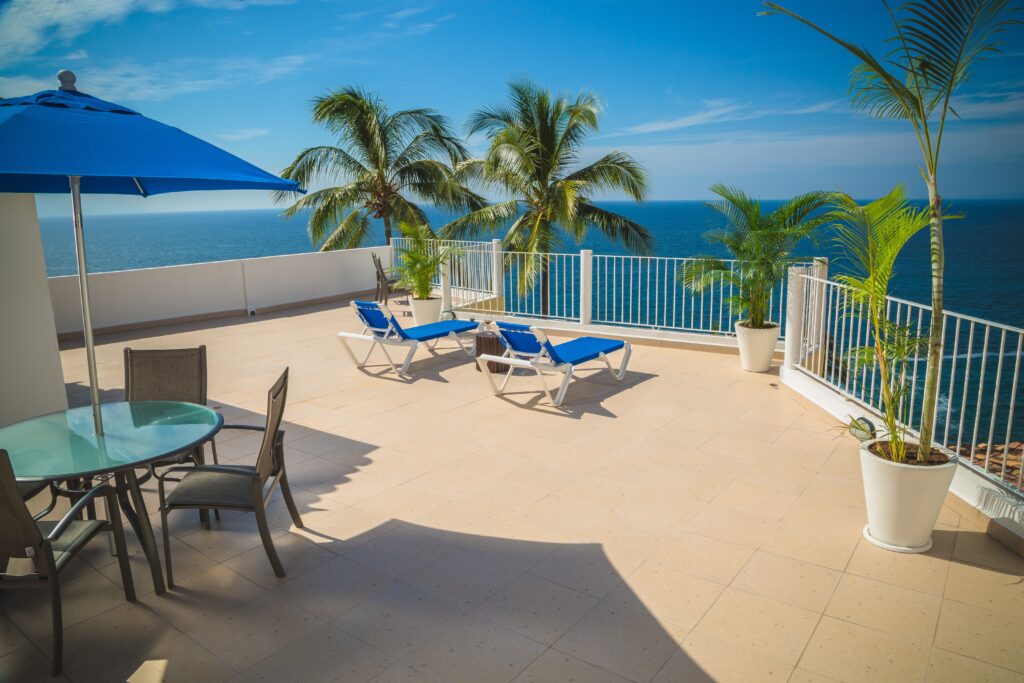
Áticos are the apartments on the top of the buildings. Because buildings in Spanish towns tend to be small and horizontal, there are many áticos available, of different sizes, often in the same building, side by side. These tend to have the best views, because of their higher location, and usually (but not always) come with some terrace space, where one can be outdoors within their apartment property. They tend to cost more than similar apartments in the same building.
Bajos
Bajos are the apartments on the lower floor. Like the áticos, they also are special, mainly for two characteristics: their ease of access – valuable to many residents of the Costa del Sol, that come to live here in their retirement years – and the open space they provide. Part of the land surrounding a building in Spain is often divided between the bajos of that building, so the owners can have some garden and barbecue area – some of the comforts of a house, with the price of an apartment.
On the other hand, bajos tend to lack a sea view – otherwise very common in the hilly Costa del Sol – and to be more easily invaded by okupas. For these two reasons, they are usually the less costly apartments of a building.
The addresses
Now, let’s talk a bit about the addresses in Spain, which I find quite puzzling. Because the apartment buildings tend to be horizontal, they have many entrances, which are called escaleras (stairs) – supposedly because each entrance will lead to a stair. Each stair has their own atico(s) and bajo(s), plus everything in between, and on each floor, the apartments are numbered 1, 2, 3 and so on. Therefore, addresses become long, like: Calle Flor 20, escalera 4, floor 5, apartment 2. If it is an atico or a bajo, instead of ‘floor 5’ there would be ‘ático‘ or ‘bajo‘ – letting people into perhaps more information than intended. Not everybody needs to know right away that one lives in either the most expensive or in the cheapest apartment of their block, right?
As for comparison, in every other place I lived the apartments in the building would be numbered without repetition, so the address would be something like Calle Flor 20 – 32, and information of which apartments corresponded to each entrance would be on the entrance itself. I found it more discreet and easier. Well, talk about first world problems, right? My calligraphy may even improve – hidden advantage. If only the situation with okupas were so easy…
Next: Okupas, second properties and rentals in Spain

